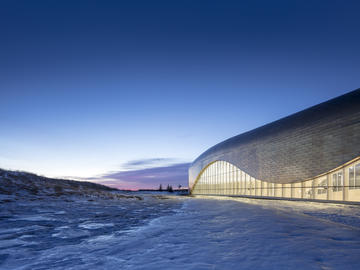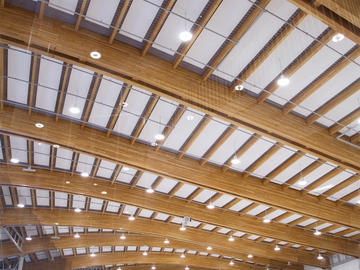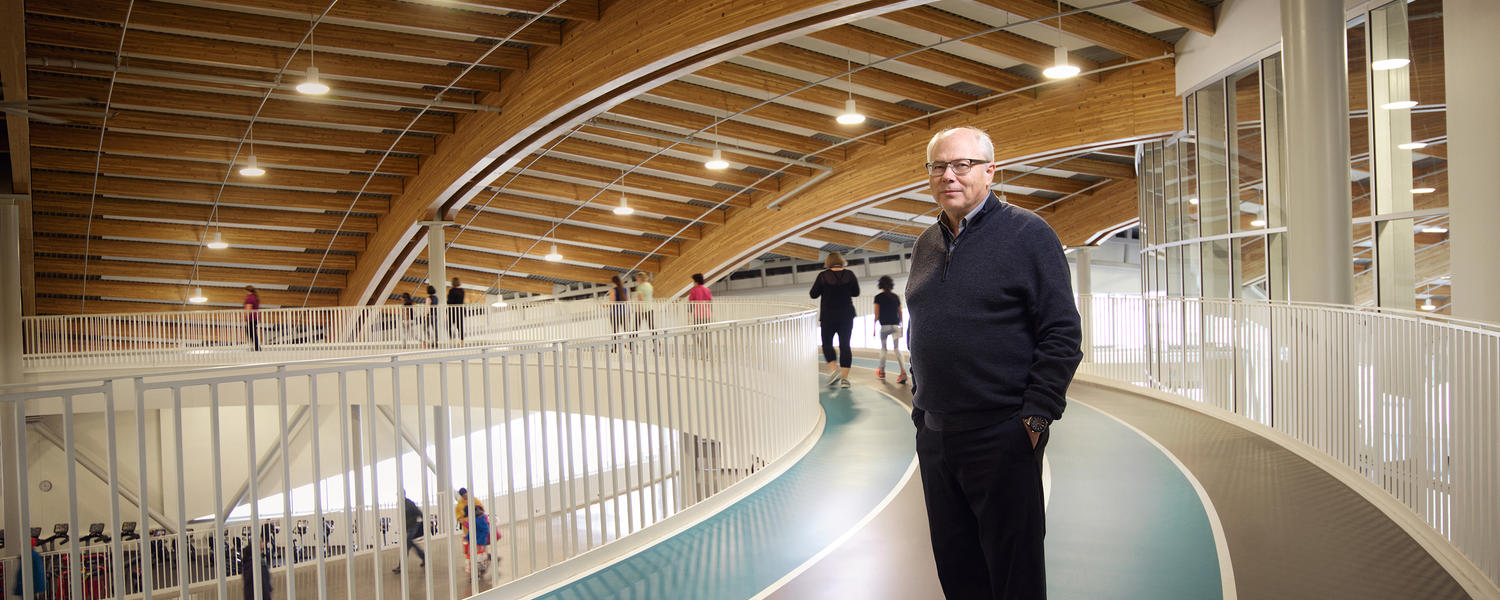
Shane Homes YMCA at Rocky Ridge
David Edmunds, MEDes’80
by Christina Reynolds main photo by Roth and Ramberg
THE COMMUNITY CONNECTOR
The two biggest YMCAs in the world recently opened in Calgary. “That says something about how we value community space in Canada,” says David Edmunds, a partner at Calgary’s GEC Architecture.
Together with fellow partner Andrew Tankard and their staff of 60 architects, interior designers and technologists, Edmunds is responsible for designing the city’s now-second-largest YMCA, the 284,000-square-foot Shane Homes YMCA at Rocky Ridge, which opened in 2018. In addition to three pools, two rinks and an elevated track, there’s a theatre, inclusive universal dressing rooms with private changing areas, and the city’s first self-service public library branch.
“There is a strong understanding in Alberta, and in Calgary especially, that communities need to build space for recreation facilities in a cost-effective manner that provides value,” says Edmunds. He attributes some of this to the 1988 Winter Olympics, which gave Calgary a legacy of world-class sports venues that are still in use today, including the Olympic Oval at UCalgary.
Explore the YMCA at Rocky Ridge in 360 degrees
In fact, it was the opportunity to do some of the design work for the Oval in 1985 that gave Edmunds, then a young project architect, his entry into the large-scale work that he does today. “It was pretty complex for its time,” he says of the Oval’s famous arched roof. “Computer-aided design was in its infancy and the complex geometry had to be worked out on the drawing board with hand-held calculators.” Edmunds notes that, at that time, local firms had the opportunity to undertake major commissions. This provided essential experience to the Calgary architectural community that still benefits the city.
When the Saskatchewan-born Edmunds started as an architecture student at UCalgary in the late 1970s, it was a “craft” of drawing by hand. The Rocky Ridge YMCA is emblematic of this huge technological shift in architecture. The curved glulam-beam roof of the YMCA, the largest of its kind in North America, would not have been possible without today’s technology. That includes the ability to work closely — and quickly — with the Penticton-based manufacturer that prefabricated the beams and assembled the building.
The building’s roof undulates nicely around a hillside that is the highest natural point in the city. The roof’s curves let the ever-changing prairie light illuminate the patina of the building’s copper/zinc wall panels; they also highlight the contrast between the indoor climate and the outdoor landscape. A pathway through surrounding wetlands leads to the top of the hill where, “on a clear day, you can see many miles across the city,” says Edmunds. It’s a view that might just inspire even more new perspectives on Calgary’s architecture.
There is a strong understanding in Alberta, and in Calgary especially, that communities need to build space for recreation facilities in a cost-effective manner that provides value.
David Edmunds

The Future of Architecture
Right in the heart of downtown, UCalgary’s Faculty of Environmental Design recently opened a 29,000-square-foot satellite campus, a.k.a. the City Building Design Lab (CBDL). Explore the spaces being designed and shaped by UCalgary Alumni.

How Do We Protect the Most Vulnerable?
With a willingness to take on entrenched and challenging urban issues, UCalgary alumni, students, faculty and researchers are assisting those who live on the margins.
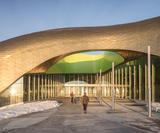
Notebook
What’s transformed the Dining Centre is far more than a slap-happy menu makeover; we asked Vivek Shraya for her ideal party-invite list; gatecrashing the art gallery world; what’s in a name when it relates to Indigenous peoples; inside the mind of a literary icon.
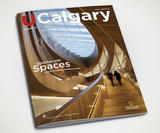
Can’t Get Enough?
From splashy architectural photo spreads of some of Calgary’s most-talked-about new buildings to the complexities we face in caring for society’s most vulnerable — this issue explores UCalgary’s reach around the city and beyond.


